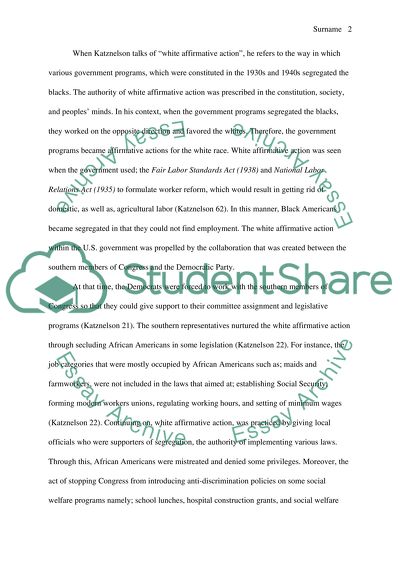Cite this document
(“What does Katznelson mean by white affirmative action How do U.S Essay - 1”, n.d.)
Retrieved from https://studentshare.org/history/1624028-what-does-katznelson-mean-by-white-affirmative-action-how-do-us-government-policies-effect-non-white-americans
Retrieved from https://studentshare.org/history/1624028-what-does-katznelson-mean-by-white-affirmative-action-how-do-us-government-policies-effect-non-white-americans
(What Does Katznelson Mean by White Affirmative Action How Do U.S Essay - 1)
https://studentshare.org/history/1624028-what-does-katznelson-mean-by-white-affirmative-action-how-do-us-government-policies-effect-non-white-americans.
https://studentshare.org/history/1624028-what-does-katznelson-mean-by-white-affirmative-action-how-do-us-government-policies-effect-non-white-americans.
“What Does Katznelson Mean by White Affirmative Action How Do U.S Essay - 1”, n.d. https://studentshare.org/history/1624028-what-does-katznelson-mean-by-white-affirmative-action-how-do-us-government-policies-effect-non-white-americans.


